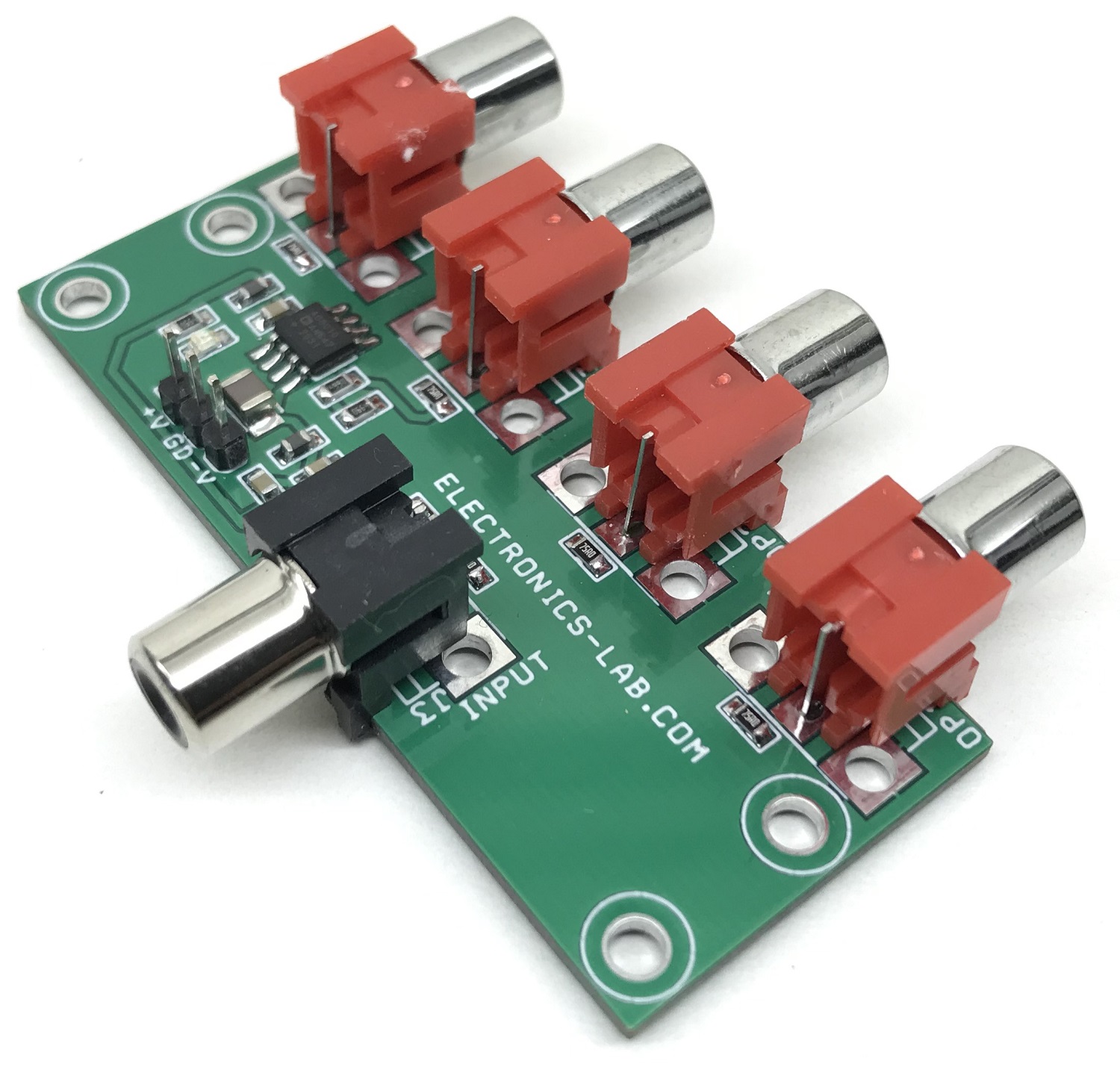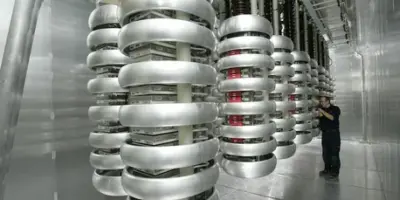Introduction:
Definition and Significance of Inverting Buffers:
Inverting buffers, also known as inverters, are fundamental components in electronic circuits that convert a logic high input signal to a logic low output signal and vice versa. They play a crucial role in signal processing, waveform generation, and logic level conversion in various electronic systems. Despite their simple functionality, inverting buffers are indispensable in digital electronics, offering versatility and reliability in circuit design.
Historical Background and Evolution:
The concept of inversion in electronic circuits dates back to the early days of digital logic, where vacuum tubes and discrete transistors were used to implement inverting functions. With the advent of integrated circuits (ICs) and complementary metal-oxide-semiconductor (CMOS) technology, inverting buffers became more compact, efficient, and cost-effective. Today, inverting buffers are integral components of digital integrated circuits, microcontrollers, and programmable logic devices (PLDs), driving advancements in computing, telecommunications, and automation.
Market Overview:
Size and Growth Trajectory:
The inverting buffer market has witnessed steady growth, propelled by the increasing demand for digital electronics in consumer electronics, automotive, industrial automation, and telecommunications sectors. Market research indicates a compound annual growth rate (CAGR) of X% over the forecast period, reflecting the expanding applications and technological innovations driving market expansion.
Regional Analysis:
The market for inverting buffers is geographically diverse, with key regions including North America, Europe, Asia-Pacific, and Latin America. Each region has its unique market dynamics, influenced by factors such as technological advancements, regulatory policies, and consumer preferences. Asia-Pacific is poised to dominate the market, driven by the presence of major semiconductor manufacturers, rising disposable incomes, and growing adoption of digital technologies across industries.
Technology Landscape:
Semiconductor Technologies:
Inverting buffers leverage various semiconductor technologies, including CMOS, bipolar junction transistors (BJTs), and gallium nitride (GaN) transistors. CMOS technology, with its low power consumption, high integration density, and compatibility with digital logic, remains the dominant choice for inverter design in most applications. However, emerging technologies such as GaN transistors offer higher switching speeds and efficiency, making them ideal for high-frequency applications in telecommunications and power electronics.
Integration and Miniaturization:
Advancements in semiconductor manufacturing processes have enabled the integration of multiple inverting buffers on a single chip, leading to the development of highly integrated systems-on-chip (SoCs) and application-specific integrated circuits (ASICs). Miniaturization of inverting buffers has also facilitated the design of compact, portable electronic devices such as smartphones, tablets, and wearable gadgets, driving market demand for smaller form factors and higher performance.
Receive the FREE Sample Report of Inverting Buffer Market Research Insights @ https://stringentdatalytics.com/sample-request/inverting-buffer-market/7369/
Market Segmentations:
Global Inverting Buffer Market: By Company
• Texas Instruments
• STMicroelectronics
• Infineon Technologies AG
• NXP Semiconductors
• Microchip Technology Inc.
• Analog Devices(Maxim Integrated)
• Renesas Electronics
• onsemi
• Cypress Semiconductor
• Wingtech(Nexperia)
• Toshiba
• LOGING ELECTRONICS
Global Inverting Buffer Market: By Type
• Voltage Buffer
• Inverting Buffer
Global Inverting Buffer Market: By Application
• Automatic Control System
• Medical Instruments
• Vehicle Electronics
• Others
Regional Analysis of Global Inverting Buffer Market
All the regional segmentation has been studied based on recent and future trends, and the market is forecasted throughout the prediction period. The countries covered in the regional analysis of the Global Inverting Buffer market report are U.S., Canada, and Mexico in North America, Germany, France, U.K., Russia, Italy, Spain, Turkey, Netherlands, Switzerland, Belgium, and Rest of Europe in Europe, Singapore, Malaysia, Australia, Thailand, Indonesia, Philippines, China, Japan, India, South Korea, Rest of Asia-Pacific (APAC) in the Asia-Pacific (APAC), Saudi Arabia, U.A.E, South Africa, Egypt, Israel, Rest of Middle East and Africa (MEA) as a part of Middle East and Africa (MEA), and Argentina, Brazil, and Rest of South America as part of South America.
Click to Purchase Inverting Buffer Market Research Report @ https://stringentdatalytics.com/purchase/inverting-buffer-market/7369/
Market Trends:
Increasing Adoption in Consumer Electronics:
Inverting buffers play a critical role in consumer electronics products such as smartphones, laptops, and digital cameras, where they are used for level shifting, signal conditioning, and voltage regulation. With the proliferation of smart devices and the Internet of Things (IoT), the demand for inverting buffers with low power consumption, high-speed operation, and compatibility with different voltage levels is on the rise.
Growth in Automotive Applications:
The automotive industry represents a growing market for inverting buffers, driven by the increasing electrification and automation of vehicles. Inverting buffers are used in automotive control systems, sensor interfacing, and communication networks, enabling functions such as engine management, collision avoidance, and infotainment systems. As automotive electronics become more sophisticated and connected, the demand for high-performance inverting buffers is expected to grow significantly.
Future Prospects:
Emerging Applications in 5G and IoT:
The rollout of 5G networks and the proliferation of IoT devices present new opportunities for inverting buffers in telecommunications and wireless communication systems. Inverting buffers are essential for signal amplification, frequency conversion, and modulation/demodulation in 5G base stations, IoT gateways, and satellite communication terminals. As network bandwidths increase and data rates soar, the demand for inverting buffers capable of operating at higher frequencies and with lower latency will continue to rise.
Integration with Artificial Intelligence and Machine Learning:
Inverting buffers are integral components of digital signal processing (DSP) and machine learning algorithms, where they are used for data preprocessing, feature extraction, and neural network inference. With the advent of edge computing and AI-enabled devices, inverting buffers with enhanced computational capabilities and energy efficiency will be in high demand for applications such as image recognition, natural language processing, and autonomous systems.
Conclusion:
The inverting buffer market is poised for significant growth, driven by advancements in semiconductor technologies, expanding applications in consumer electronics, automotive, telecommunications, and emerging trends in 5G, IoT, and AI. As digitalization continues to permeate every aspect of modern life, inverting buffers will remain essential components in electronic circuits, providing the logic inversion and signal processing functions necessary for the operation of digital systems in a connected world.
About Stringent Datalytics
Stringent Datalytics offers both custom and syndicated market research reports. Custom market research reports are tailored to a specific client’s needs and requirements. These reports provide unique insights into a particular industry or market segment and can help businesses make informed decisions about their strategies and operations.
Syndicated market research reports, on the other hand, are pre-existing reports that are available for purchase by multiple clients. These reports are often produced on a regular basis, such as annually or quarterly, and cover a broad range of industries and market segments. Syndicated reports provide clients with insights into industry trends, market sizes, and competitive landscapes. By offering both custom and syndicated reports, Stringent Datalytics can provide clients with a range of market research solutions that can be customized to their specific needs.
Reach US
Stringent Datalytics
+1 346 666 6655
Social Channels:




Leave a Reply